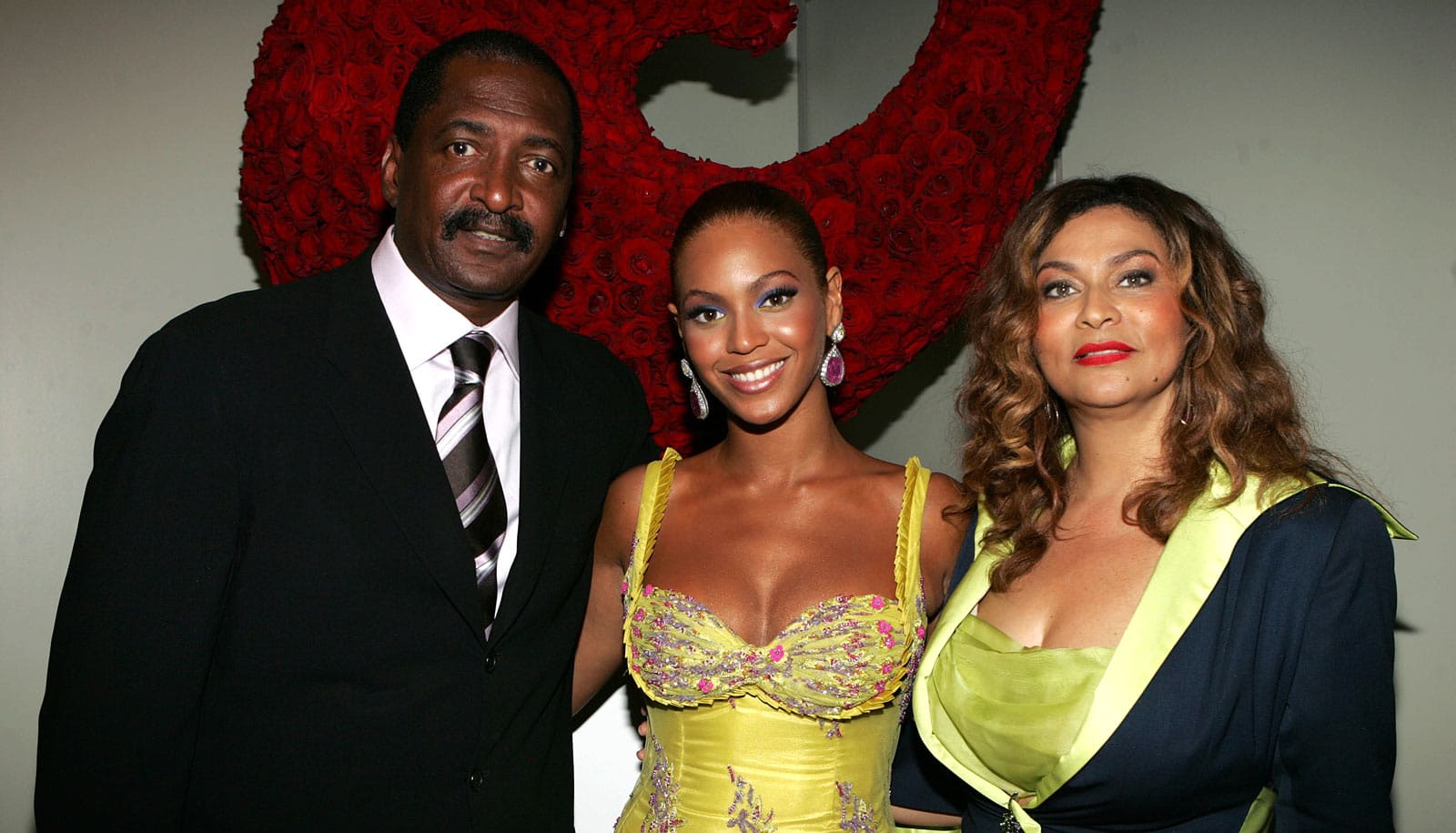Men with breast cancer are more likely to die than women across all stages of disease, researchers report.
The disparity persists even when considering clinical characteristics, such as cancer types, treatment, and access to care, according to an analysis derived from the National Cancer Database.
The findings suggest that a possible distinct cancer biology, less effective treatment, or compliance issues, and perhaps unhealthy lifestyles among men may be responsible for the lower overall survival rates, says senior author Xiao-Ou Shu, associate director for Global Health and co-leader of the Cancer Epidemiology Research Program at Vanderbilt-Ingram Cancer Center at Vanderbilt University.
As reported in JAMA Oncology, the five-year mortality rate for men was 19% higher than for women. Shu says additional studies are needed to identify the causes, but would likely require international consortia because male breast cancer is so rare, accounting for less than 1% of cases.
“It is so rare, it would be extremely difficult for any single institute to recruit a sufficient number of patients for research.”
For the study, researchers used 11 years of registry data from January 1, 2004, to December 31, 2014, which included 1.8 million female patients but only 16,025 male patients.
About 85% of male breast cancer is ER-positive, a proportion that is higher than female breast cancer patients (75%).
“That is a cancer type where patients usually fare better because we have a hormonal treatment,” Shu says. “We have a lot of treatment options for that type of breast cancer. In theory, men should have better outcomes and have lower mortality as women do if the treatment is equally effective.
“The question is whether there are some other biological differences between ER-positive male breast and ER-positive female breast cancer. We don’t know,” Shu says.
Previous studies have shown that men may not be as compliant with hormonal treatments as women, Shu says. Other factors that may influence mortality rates among men include lifestyle factors, such as smoking, alcohol consumption, physical inactivity, and obesity.
Clinical characteristics and undertreatments associated with 63% of the sex-related mortality disparity.
“The bottom line is that we need more studies specifically focused on male breast cancer,” Shu says.
Source: Tom Wilemon for Vanderbilt University



